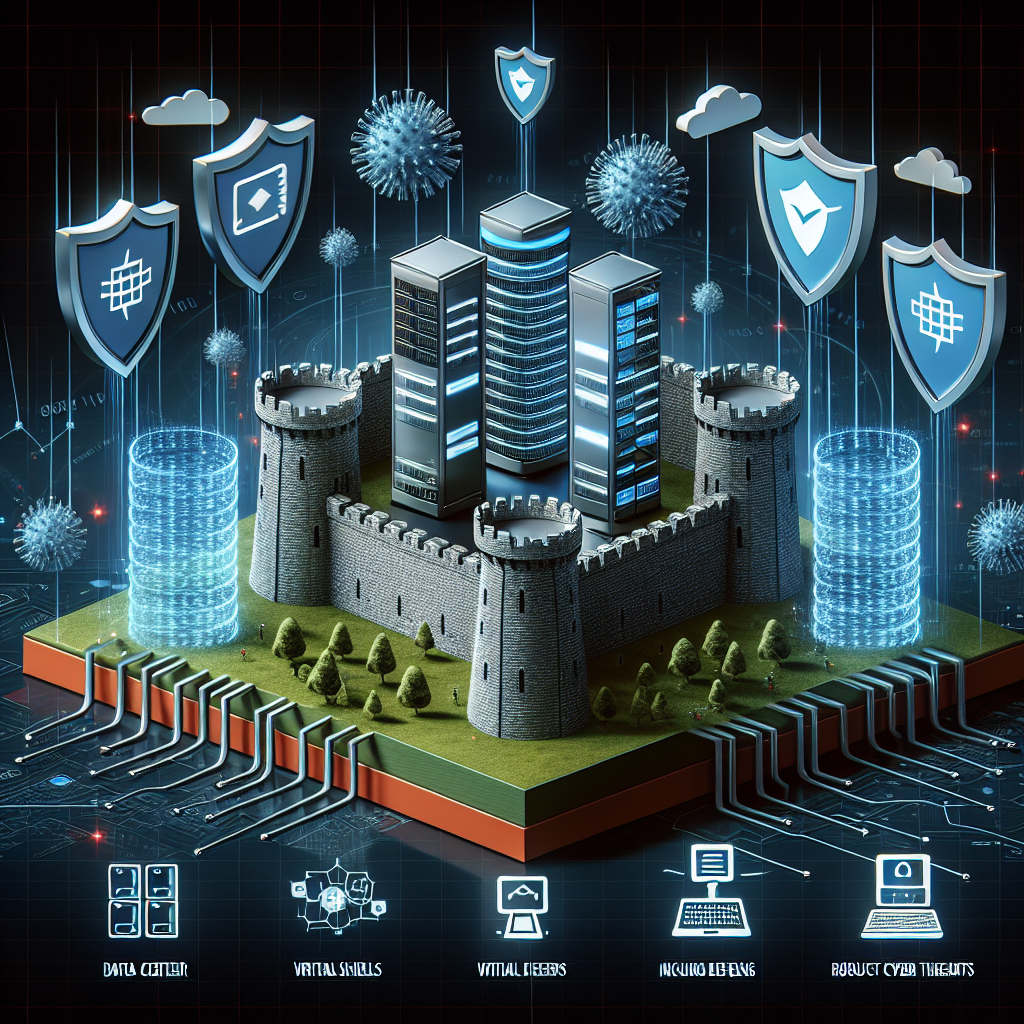In today’s digital age, data centers play a crucial role in storing, processing, and managing vast amounts of information for businesses and organizations. However, with the increasing reliance on data centers, the risk of cyber threats has also grown exponentially. From ransomware attacks to DDoS attacks, data centers are constantly under the threat of malicious actors looking to exploit vulnerabilities and compromise sensitive information.
To mitigate these risks and ensure data center resilience in the face of cyber threats, organizations need to implement a comprehensive cybersecurity strategy. Here are some key steps that can help in safeguarding data centers against cyber threats:
1. Conduct a thorough risk assessment: The first step in mitigating cyber risks is to identify potential vulnerabilities and assess the likelihood and impact of various threats. By conducting a comprehensive risk assessment, organizations can prioritize their cybersecurity efforts and allocate resources effectively to address the most critical vulnerabilities.
2. Implement robust security measures: To protect data centers from cyber threats, organizations should implement multiple layers of security controls, including firewalls, intrusion detection systems, and encryption technologies. It is also essential to regularly update software and patch vulnerabilities to prevent cyber attacks.
3. Secure physical access: Physical security is equally important in ensuring data center resilience. Organizations should restrict access to data centers and implement stringent access controls to prevent unauthorized personnel from gaining entry. Surveillance cameras and biometric authentication can also help in enhancing physical security measures.
4. Backup and disaster recovery plans: In the event of a cyber attack or data breach, having a robust backup and disaster recovery plan is essential to ensure business continuity. Organizations should regularly back up their data and test their disaster recovery plans to ensure that they can quickly recover from cyber incidents.
5. Employee training and awareness: Human error is often a significant factor in cybersecurity incidents. Organizations should provide regular training to employees on cybersecurity best practices and raise awareness about the potential risks of cyber threats. By empowering employees to recognize and report suspicious activities, organizations can strengthen their cybersecurity posture.
6. Monitor and respond to threats: Continuous monitoring of data center activities is crucial in detecting and responding to cyber threats in real-time. Organizations should deploy security information and event management (SIEM) tools to monitor network traffic, detect anomalies, and respond to security incidents promptly.
In conclusion, mitigating cyber risks and ensuring data center resilience requires a proactive and comprehensive approach to cybersecurity. By conducting risk assessments, implementing robust security measures, securing physical access, backing up data, training employees, and monitoring threats, organizations can strengthen their defenses against cyber threats and safeguard their data centers from malicious actors. By staying vigilant and continuously improving cybersecurity practices, organizations can mitigate risks and protect their valuable data assets in the face of evolving cyber threats.


Leave a Reply